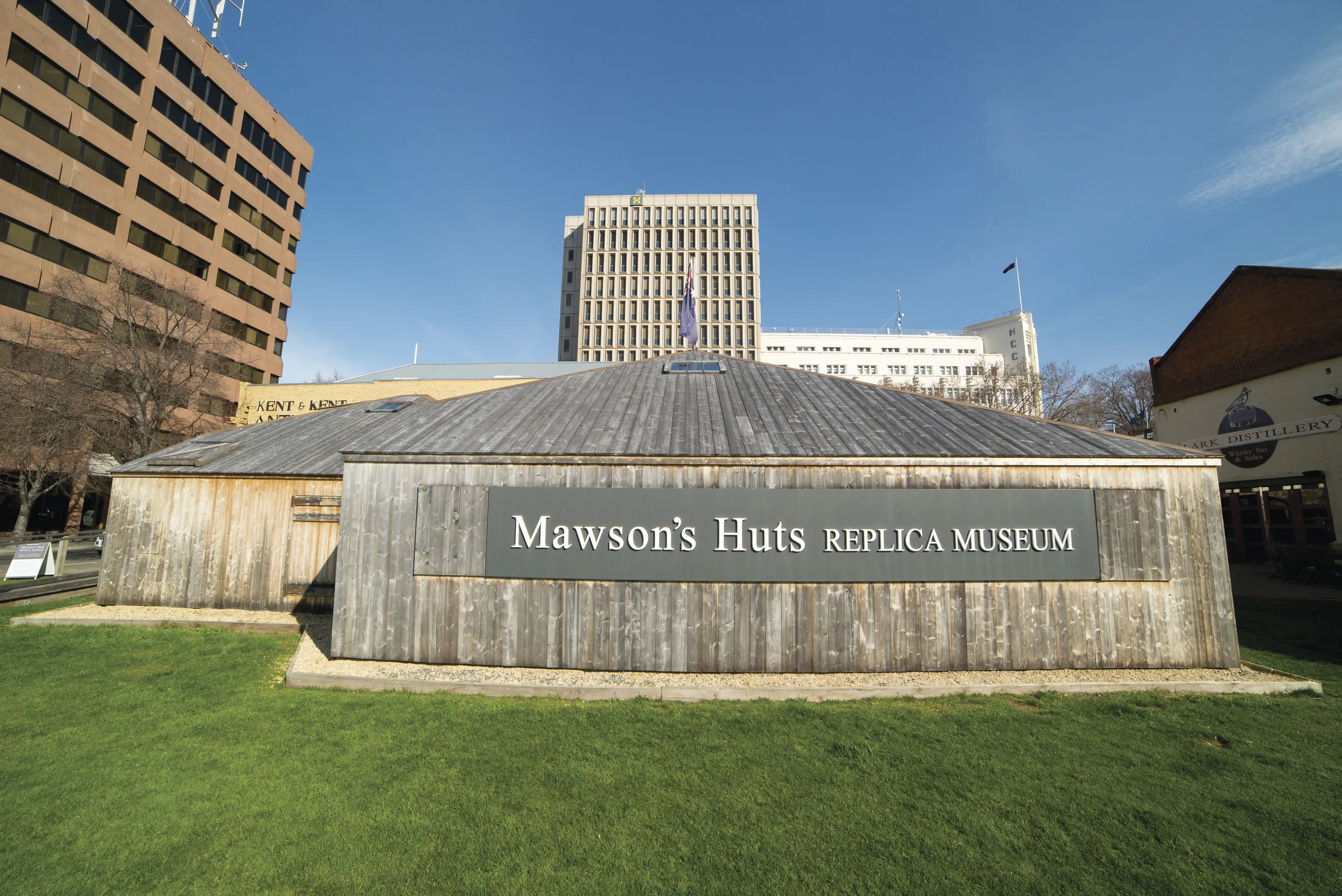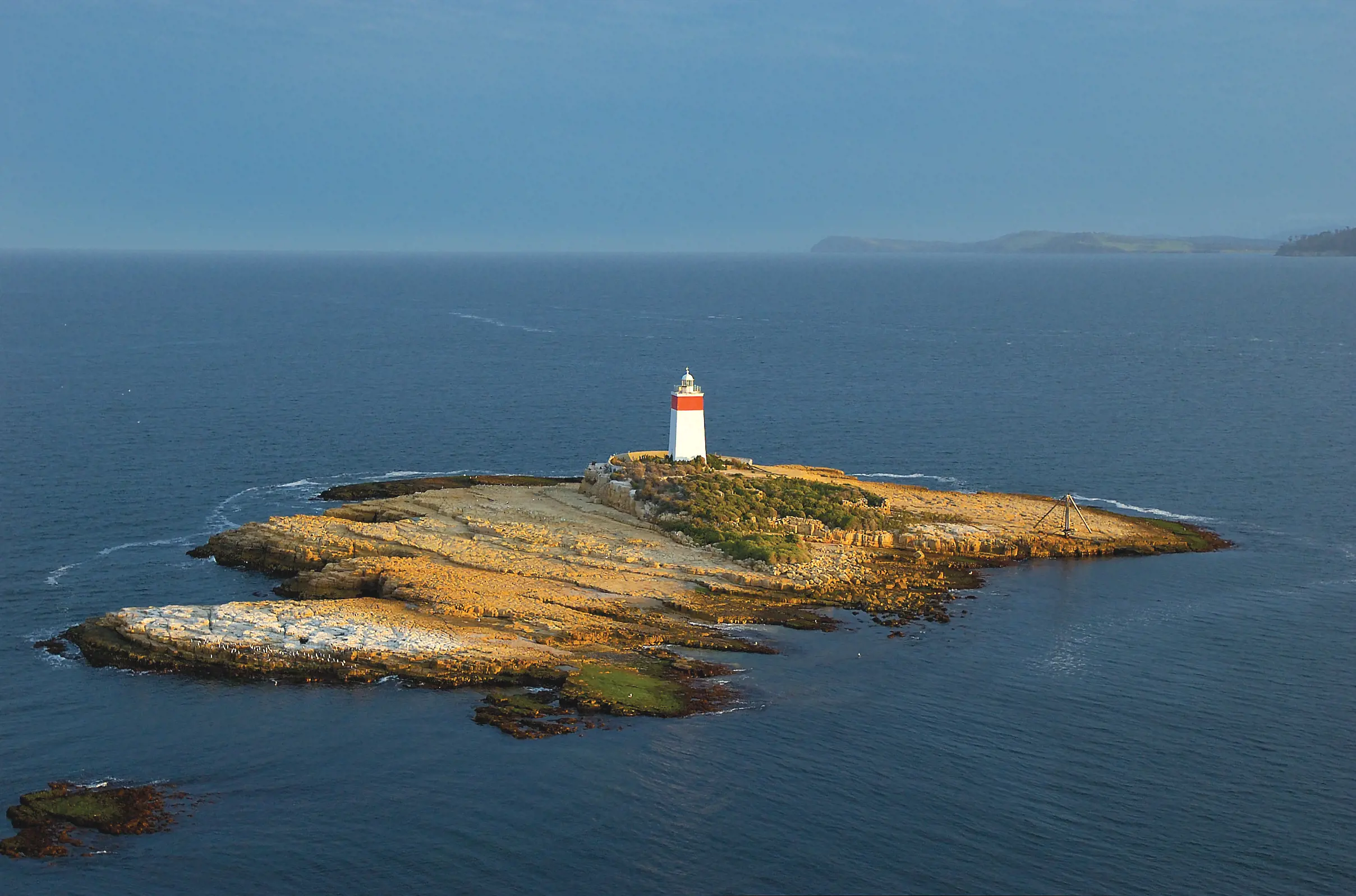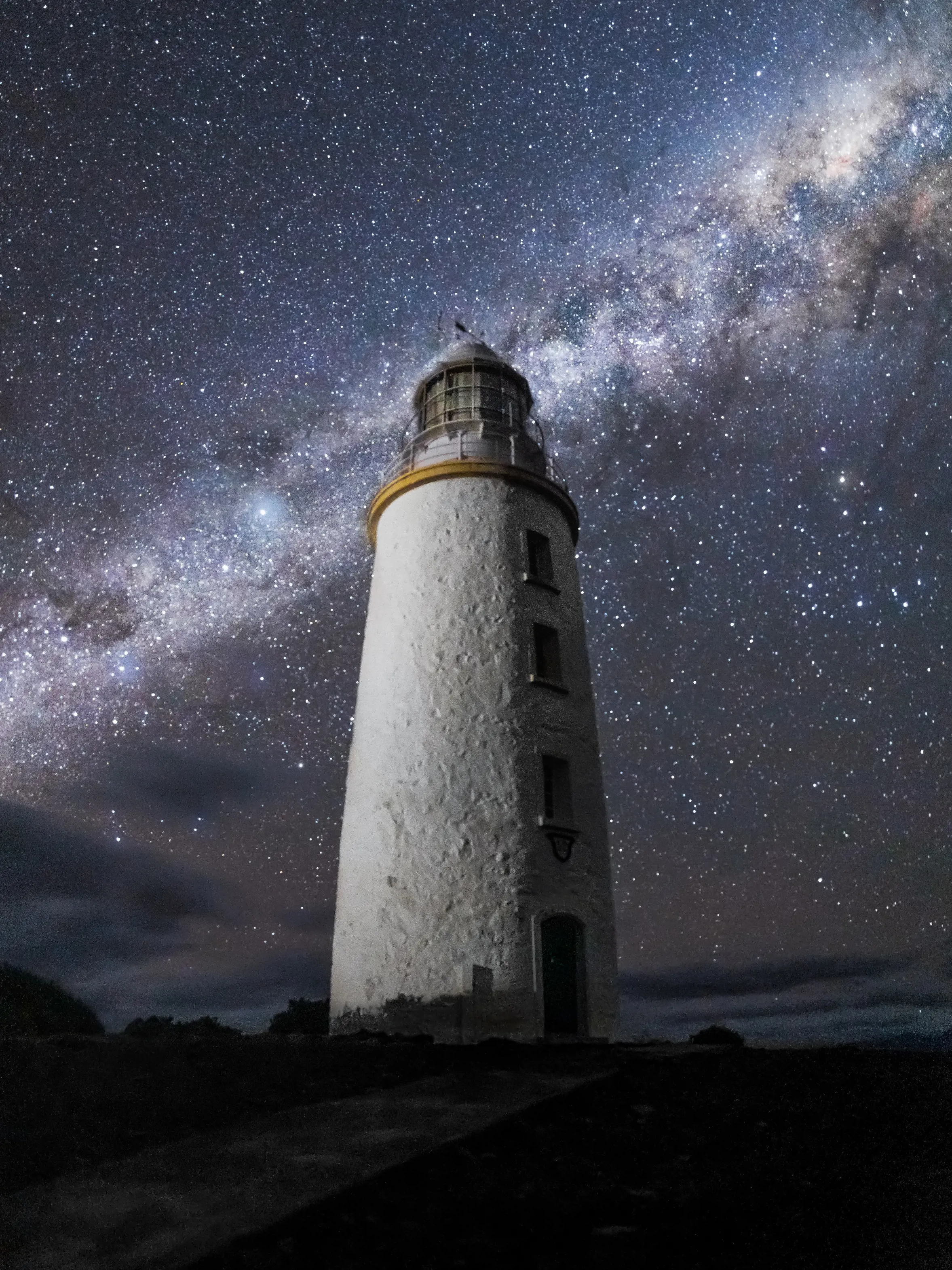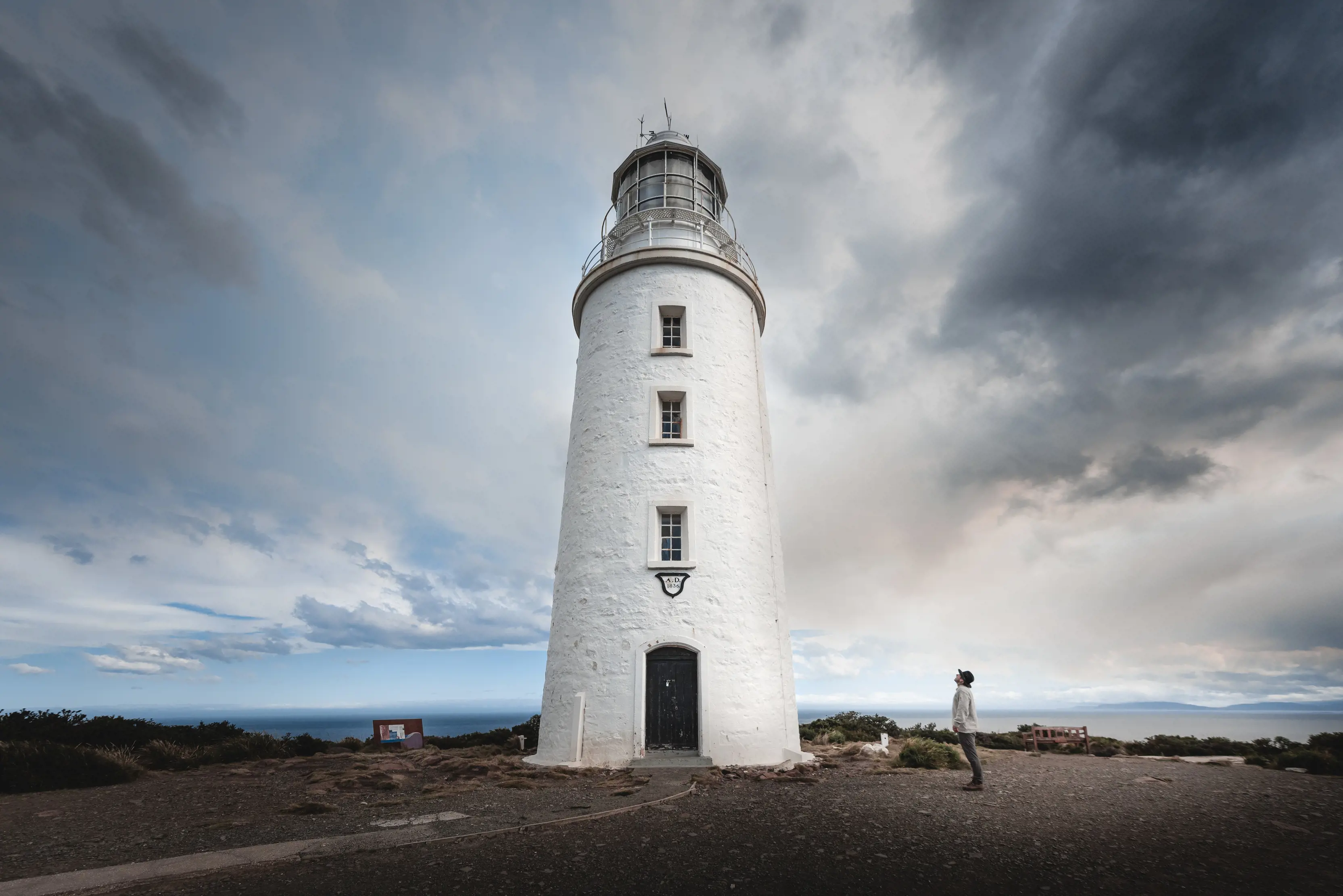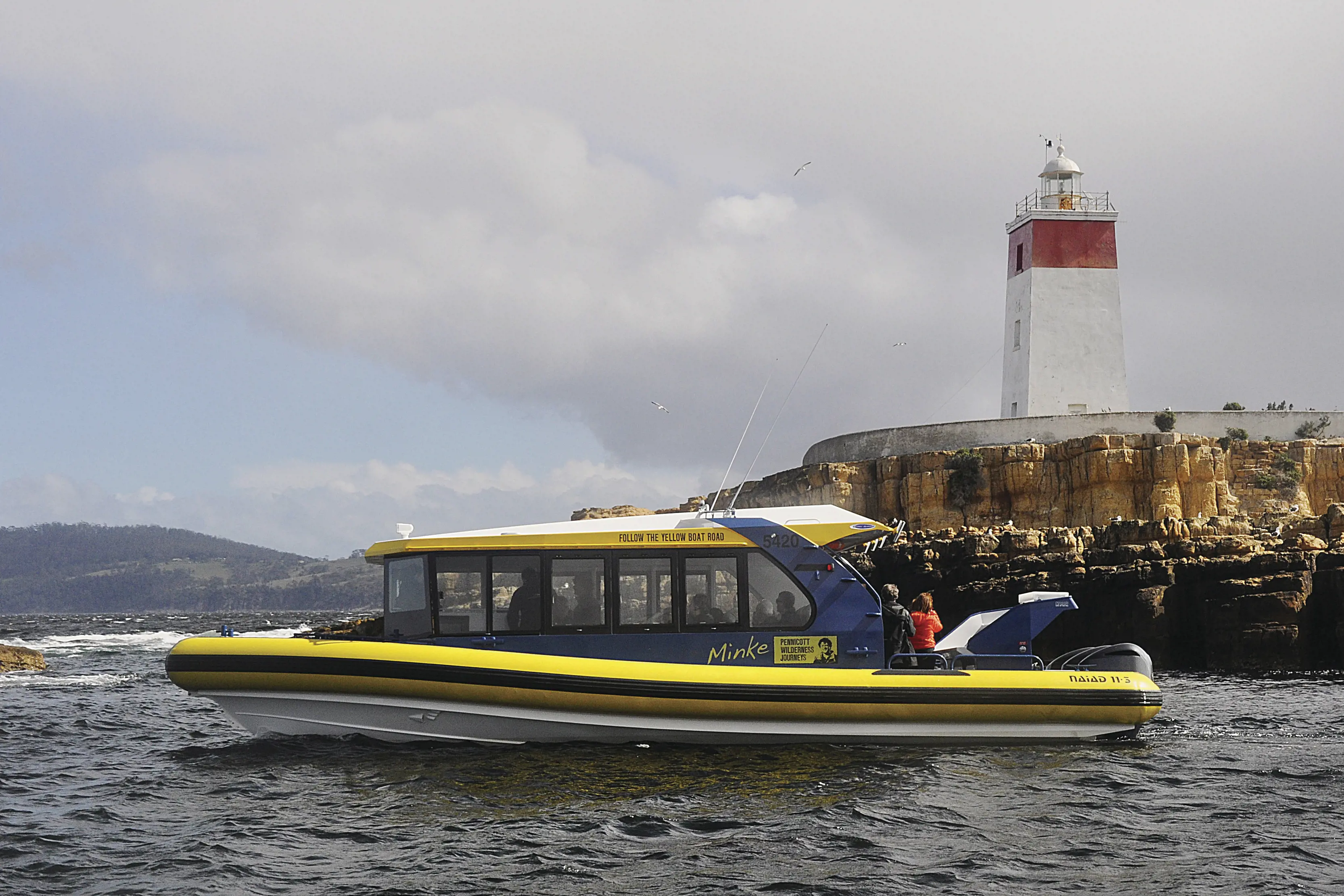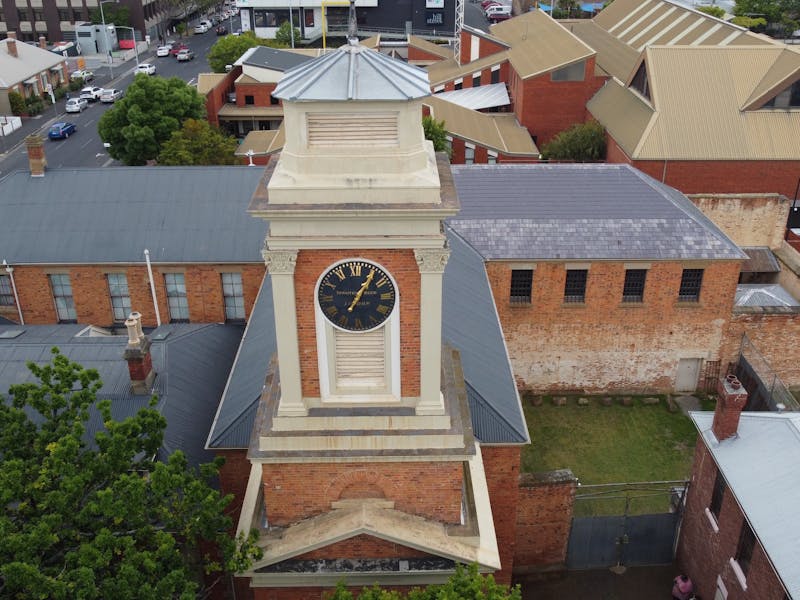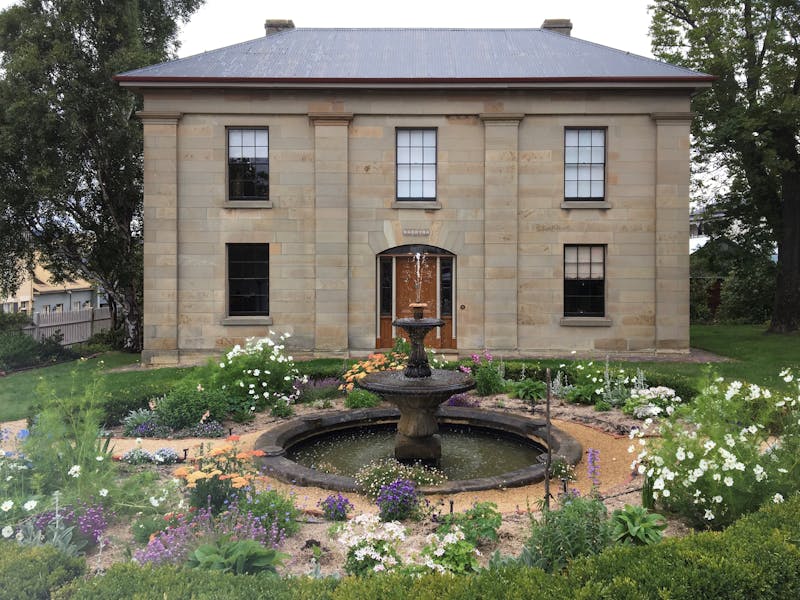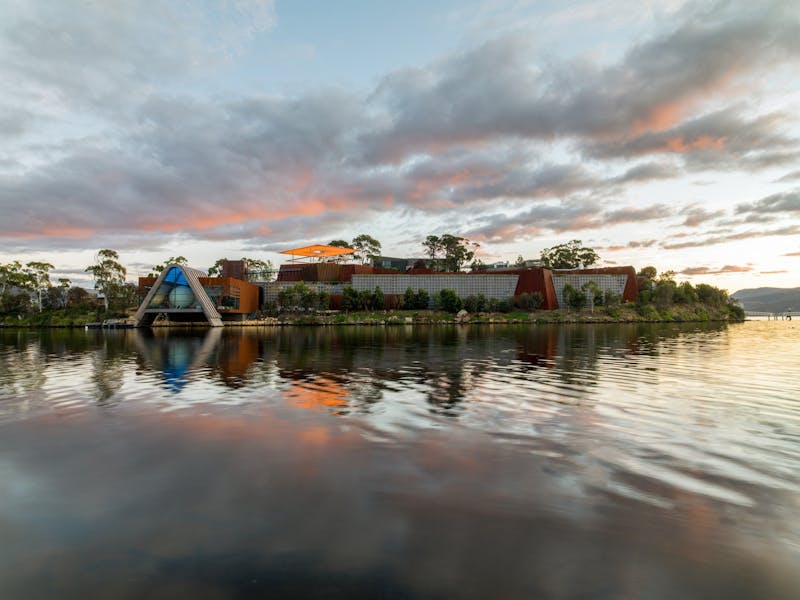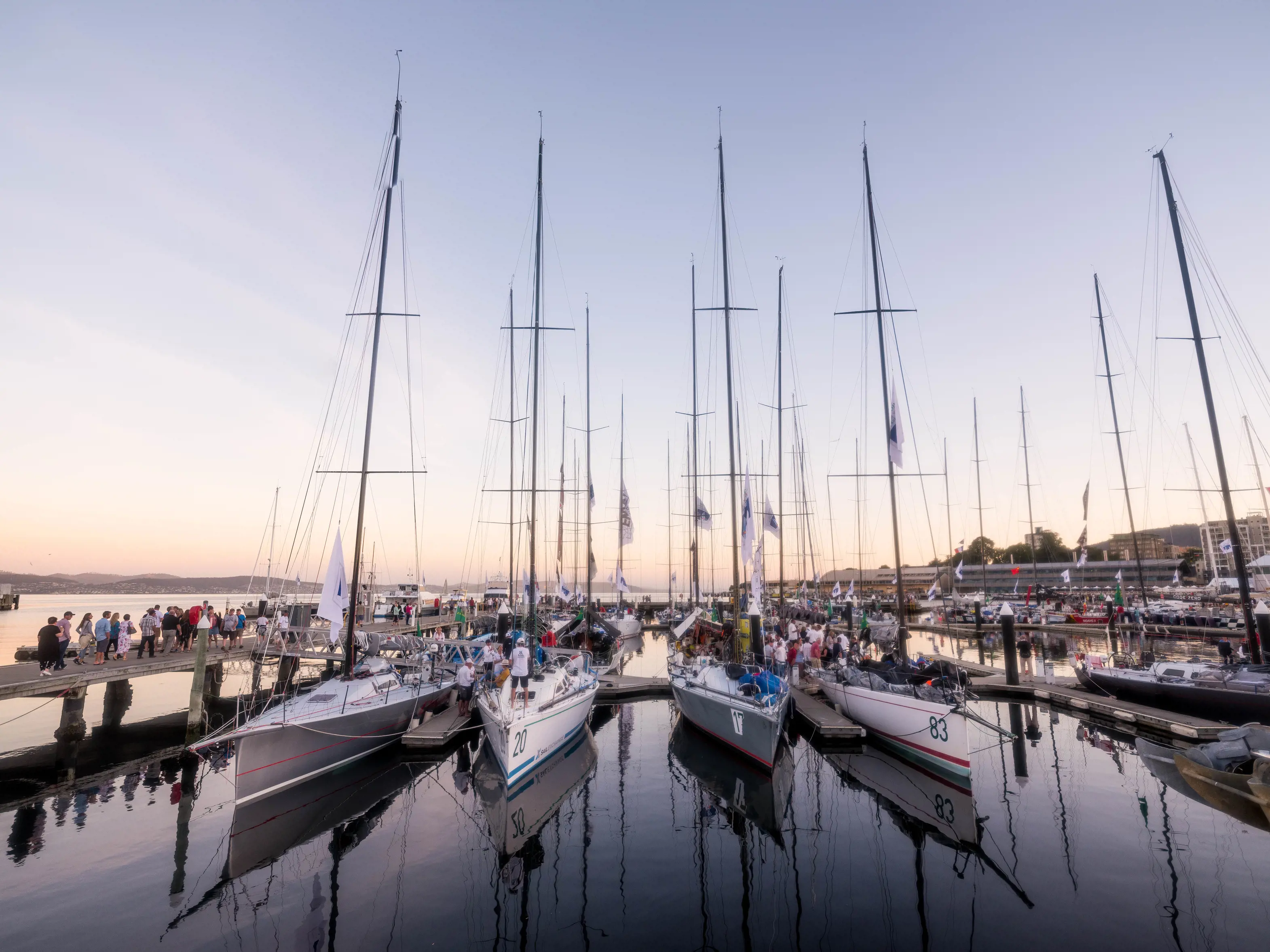
Wrapped in ocean, Tasmania’s fortunes have long been shaped by water.
Maritime exploration, whaling and trade brought Europeans to the island, and seafaring remains a vital element of island life.
There’s a raft of nautical experiences to discover in Hobart. The Maritime Museum of Tasmania has paintings, models and artefacts that document exploration, trade and the brutal history of whaling and sealing. Hobart is also home to the Lady Nelson, a replica of an 18th-century brig that was the first European ship to sail through Bass Strait. Today it takes passengers for trips along the River Derwent, sailing among the estuary’s cargo ships, research vessels and a flotilla of yachts.
Below the surface, Tasmania's coastline is the final resting place of more than 1000 shipwrecks. Some are dramatic features of the shoreline and others, such as the SS Nord, a cargo ship that ran into a sunken pinnacle near Tasman Island in 1915, are visited by divers.
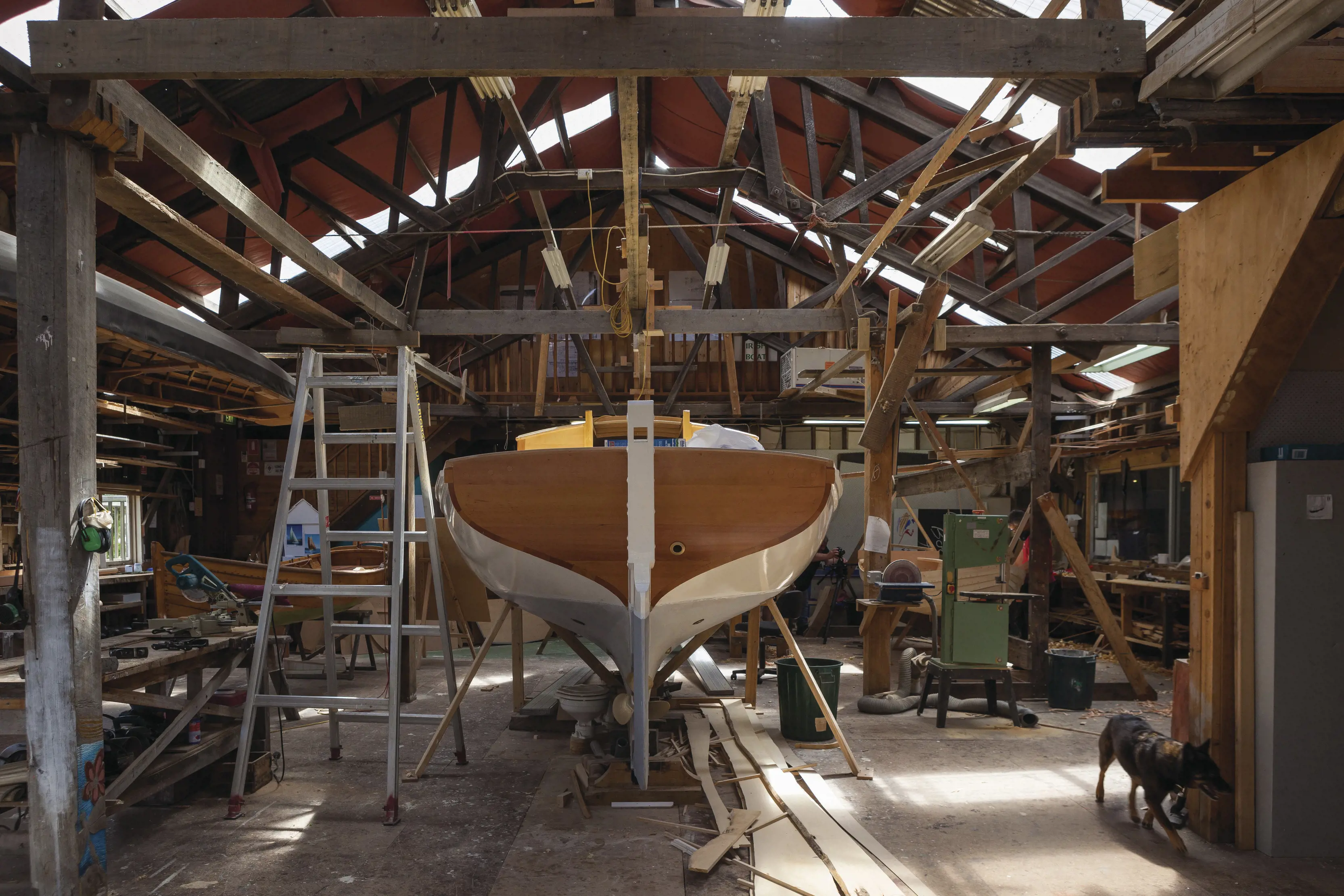
Boats afloat
Tasmania is separated from mainland Australia by Bass Strait, a 250km-wide passage that’s relatively narrow and shallow for the vast volume of water it carries. This is one of the reasons the annual Sydney Hobart Yacht Race is considered one of the world’s most challenging ocean races, and why navigation and other maritime skills are still rated so highly among Tasmanians. Travellers on the Spirit of Tasmania, the vehicle ferry from Geelong, can experience Bass Strait first hand. For a more serene experience, the Wooden Boat Centre in the Huon Valley town of Franklin runs tours of a workshop where wooden boats are crafted using traditional techniques.


Lighting the way
Coastal road trips are likely to pass some of the 25 lighthouses dotted around the state. Australia’s tallest lighthouse stands at Cape Wickham (48m) on King Island, and the country’s highest light station is on Deal Island, rising 305m above the sea. Travellers can spend the night in the lightkeeper’s cottage at Low Head Lighthouse, built in 1833 by colonial architect John Lee Archer. The accommodation is part of the Low Head Pilot Station, Australia’s oldest pilot station. Guests on the wukalina Walk stay a night in the lightkeeper’s cottage at Eddystone Point.
Take a guided tour of Cape Bruny Lighthouse – next stop Antarctica. And see Australia’s second-oldest lighthouse, the Iron Pot Lighthouse (1832), on a half-day boat trip out of Hobart with Pennicott Wilderness Journeys.
Iced treats
Hobart is Australia’s gateway to the Frozen Continent. The Australian Antarctic Division has its headquarters in Kingston, a southern suburb of Hobart, and from here it maintains the Antarctic bases of Casey, Davis, Mawson, and the sub-Antarctic base on Macquarie Island. A replica of explorer Douglas Mawson’s original huts can be found on the Hobart foreshore at Mawson’s Huts Replica Museum, just 200m from the spot where the Australasian Antarctic Expedition set off for Antarctica in 1911.
